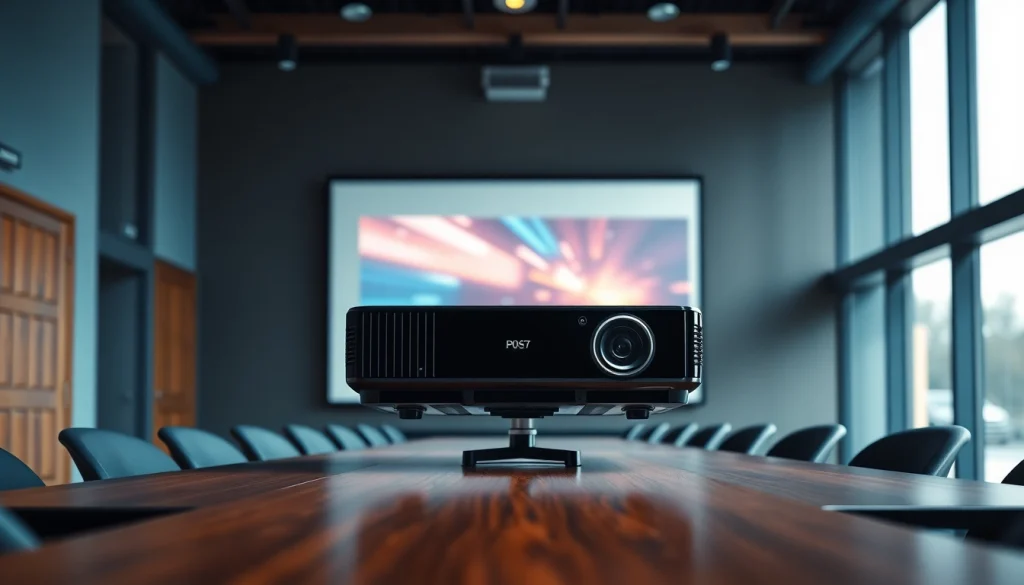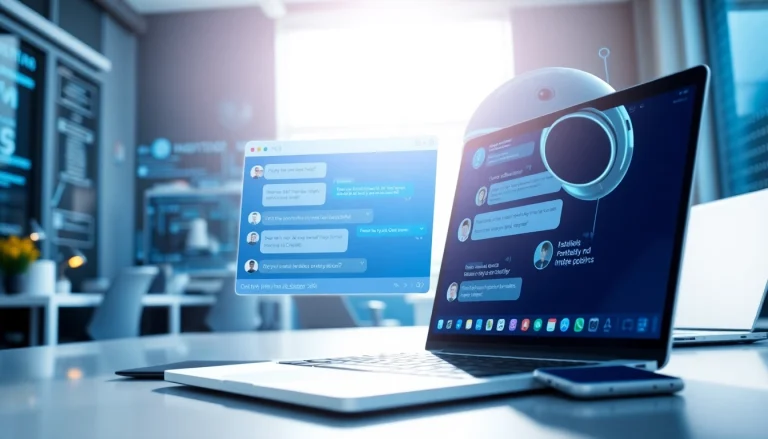
Understanding Projector Types
Different Types of Projectors Explained
In the realm of visual technology, projector types vary significantly in functionality and purpose. To choose the right projector, it’s essential to understand the different types available:
- LCD Projectors: Utilizing liquid crystal display technology, these projectors shine light through LCD panels to produce high-quality images with vibrant color reproduction. They’re ideal for presentations and classroom settings.
- DLP Projectors: Digital Light Processing projectors use a digital micromirror device (DMD) and are known for their excellent sharpness and rich color. They are often used in theaters and large venues.
- LED Projectors: These projectors utilize LEDs as their light source, which enhances longevity and reduces maintenance. They are compact, making them suitable for portable applications.
- Laser Projectors: Offering high brightness and exceptional color accuracy, laser projectors are increasingly popular for professional venues and installations where visual quality is paramount.
- Short Throw and Ultra Short Throw Projectors: Designed to project large images from very short distances, these projectors are perfect for small rooms or spaces where audience proximity is a concern.
Key Features to Consider
When selecting a projector, several key features should be evaluated:
- Brightness: Measured in lumens, brightness is crucial for visuals in well-lit environments. Higher lumens ensure a clear picture from a distance.
- Resolution: The clarity of the image can significantly affect the viewing experience. Common resolutions include HD (1280×720) and 4K (3840×2160) for high-definition detail.
- Contrast Ratio: A higher contrast ratio improves image depth and detail, affecting how well images appear in varying lighting conditions.
- Ports and Connectivity: Make sure the projector includes ample connection options for devices such as laptops, gaming consoles, and streaming platforms.
- Portability: If mobility is required, consider weight, size, and power source—battery operated models can offer untethered convenience.
Applications of Various Projector Models
Projectors are versatile tools that find applications across multiple sectors:
- Education: In classrooms, projectors facilitate engaging lessons and presentations. Interactive models encourage participation from students.
- Business: For meetings and conferences, projectors enhance communication by displaying presentations clearly, ensuring all participants can follow along.
- Home Cinema: Dedicated home theater projectors provide an immersive viewing experience for movies, sports, or gaming enthusiasts.
- Events: In concerts or exhibitions, projectors display dynamic visuals that enhance audience engagement and experience.
- Art and Design: Projectors are instrumental in design work for overlaying images, sketches, or videos, assisting artists and architects in visualizing their concepts.
Projector Performance Metrics
Brightness and Lumens: Why They Matter
Brightness is a crucial specification of projectors measured in lumens. The necessary lumens depend largely on the environment: a dim room requires about 1000 lumens, whereas a well-lit area might need over 4000 lumens to maintain clarity. Understanding these nuances can profoundly impact the effectiveness of projector usage, as a projector with inadequate brightness will lead to a less engaging viewing experience.
Resolution and Image Quality Explained
Resolution directly influences image clarity; the higher the resolution, the more detail a projector can display. Common types are:
- SVGA (800×600): Generally considered basic and suitable for simple presentations.
- XGA (1024×768): Offers a significant improvement and is often used in moderate business presentations.
- WXGA (1280×800): Best for widescreen setups which enhance viewing experiences for modern media.
- Full HD (1920×1080): The standard for high-quality video, delivering vibrant colors and excellent detail.
- 4K (3840×2160): This resolution is ideal for professional use and home theaters, ensuring a remarkable viewing experience.
Aspect Ratio and its Importance
The aspect ratio defines the width-to-height ratio of the projected image. Common aspect ratios include:
- 4:3: Traditional used in business environments and older television screens.
- 16:9: The universal standard for most modern displays and HD videos, providing a cinematic experience.
- 21:9: Ultra-wide aspect ratio for cinematic formats, ideal for immersive home theater setups.
Choosing the correct aspect ratio based on your content type is crucial for achieving the best visual outcome.
Setting Up Your Projector Effectively
Choosing the Right Location for Projection
The setup of your projector is pivotal to achieving optimal performance. When choosing a location:
- Avoid direct sunlight or bright lights that may wash out visuals.
- Consider the safety and comfort of attendees—the space should allow sufficient room to prevent distractions.
- Position the projector at an appropriate distance from the screen that aligns with its throw ratio for an impeccable image.
Tips for Optimal Screen Placement
Screen placement can greatly affect clarity and viewer experience:
- The screen should be at eye level to minimize neck strain.
- Ensure the borders of the image fit comfortably within the viewer’s field of vision to maintain engagement.
- A screen material that enhances contrast can improve the viewing experience in a well-lit environment.
Adjusting Settings for Best Performance
Tweaking settings can enhance projector performance:
- Adjust brightness levels according to the surrounding light conditions to ensure image clarity.
- Calibrate color settings to produce the most accurate representations.
- Utilize keystone correction to ensure the image is rectangular and free from distortion.
- Experiment with different display modes based on the content being shown—presentation, movie, or gaming modes can enhance viewers’ experiences.
Common Challenges and Troubleshooting
Addressing Image Issues
Common image issues may include blurriness, color distortion, or cropping. Here’s how to troubleshoot:
- Check the lens for dirt or smudges, which can obscure the image quality.
- Ensure the projector is in focus and calibrated correctly.
- Adjust the projector’s position or screen to eliminate any cropping.
Connectivity Problems and Solutions
Connectivity issues can be frustrating, but here are steps to resolve them:
- Ensure all cables are correctly plugged in; loose components are a common oversight.
- Verify that the correct input source is selected on the projector’s interface.
- Test alternative cables or devices to identify if the issue lies with the connecting hardware.
Maintenance Tips for Longevity
To maintain your projector for long-term use:
- Regularly clean the lens to prevent dust buildup and image degradation.
- Replace the lamp as recommended by the manufacturer, monitoring hours of use to stay ahead.
- Store the projector in a protective case when not in use, and maintain it in a temperature-controlled environment to prevent overheating.
Exploring Advanced Projector Technologies
Interactive Projectors for Engaging Presentations
Interactive projectors have revolutionized presentations, allowing for real-time collaboration and engagement:
They often include features such as touch interactivity or pen capabilities, enabling users to annotate content directly on the projected image. This functionality facilitates a more immersive learning environment, making it particularly effective in educational settings and creative workshops.
Projector Software and Features
Modern projectors come equipped with an array of software features enhancing usability:
- Wireless Connectivity: Facilitates seamless connections to mobile devices and laptops, eliminating messy cables.
- Built-in Media Players: Allow direct playback of content from USB drives, enhancing the projector’s standalone capabilities.
- Integrated Software: Many projectors include software specifically designed for presentations, enabling customizable transitions, and animations.
Future Trends in Projector Technology
The future of projector technology looks promising, with several trends shaping innovation:
- Miniaturization: Increased portability of projectors is a significant focus, allowing users to share projections easily.
- Smart Features: Integration with AI and smart home systems can offer new functionalities, including voice control and automated settings adjustment.
- Higher Resolutions: The demand for 8K projectors is rising, promising unprecedented detail and clarity for high-end viewing experiences.






